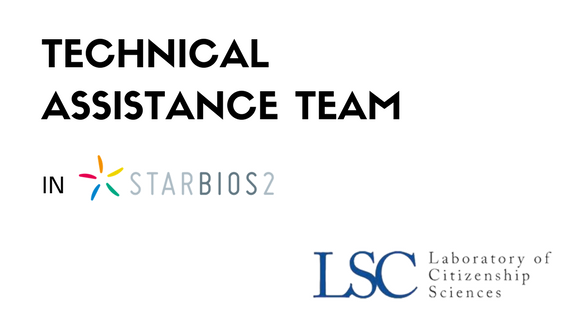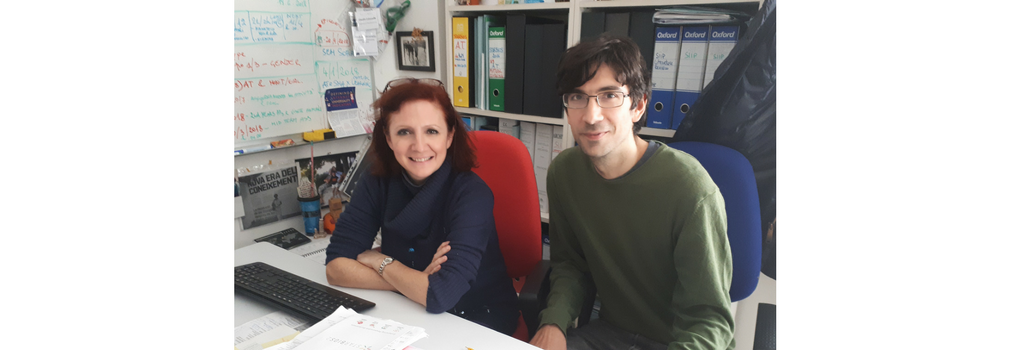
Claudia Colonnello and Giovanni Caiati from LSC
Could you shortly describe your organisation, and who is involved in STARBIOS2 project?
Our institute, Laboratory of Citizenship Science (LSC), is an association of researchers, trainers, knowledge managers and research project designers based in Rome, Italy. LSC works for promoting a better integration of social sciences perspectives in the spheres of scientific and technological research and for developing a better understanding of the social phenomena emerging in the interaction amongst science, technology and society. In STARBISOS2 project LSC is in charge of supporting the 6 Action Plans teams that are promoting a structural change toward RRI in their institutes, through a set of Technical Assistance (TA) activities. Furthermore LSC participates also in the development of a learning process for the whole project that will lead to design a model for RRI in biosciences.
The Technical Assistance team is composed by Giovanni Caiati and Claudia Colonnello who are directly involved in the ordinary implementation of the TA activities. Furthermore our team includes other LSC experts who carry out back-office activities concerning the management and the scientific supervision.

What is your role as technical assistance?
Our role is to assist the Action Plans teams in order to successfully drive the Action Plans all along the project from the design phase to their completion. In practice we support the teams for coping with emerging problems or to benefit from emerging opportunities; we provide specific expertise on RRI and its 5 keys also suggesting and offering contacts with experts outside the consortium; we facilitate exchange of experiences and collaboration within the consortium members included the three international partners coming from South Africa, Brazil and United States; we develop and provide tools and templates for the main milestones of the projects; we review and help in drafting the annual detailed plans, etc. The fulfillment of all these tasks is possible thanks to a set of stable activities foreseen by STARBIOS2 such as periodic sessions with all the Action Plan teams, annual on site visits, annual mutual learning meeting, and actions performed on-demand (so on the basis of the specific needs of each action plan).
May you provide some example of the work carried out so far?
A useful example for understanding how Technical Assistance work, is the working session on genderisation of research contents in plant science that was prepared jointly by Technical Assistance team and ABI team (Sofia) as a follow up of the on-site visit in Sofia (September 2017, see photo). During the session, that was held at a distance on December 13, 2017, Technical Assistance team provided a portrait of Gendered Innovations concepts and methods, as well as a set of examples of application of content genderisation in plant science and in agriculture. Through an interdisciplinary discussion (the interaction between social scientist of TA team and plant scientist in ABI) a set of lines of action were singled out on how genderisation of contents may be applied at the activities of a plant research institute and potentially in ABI.
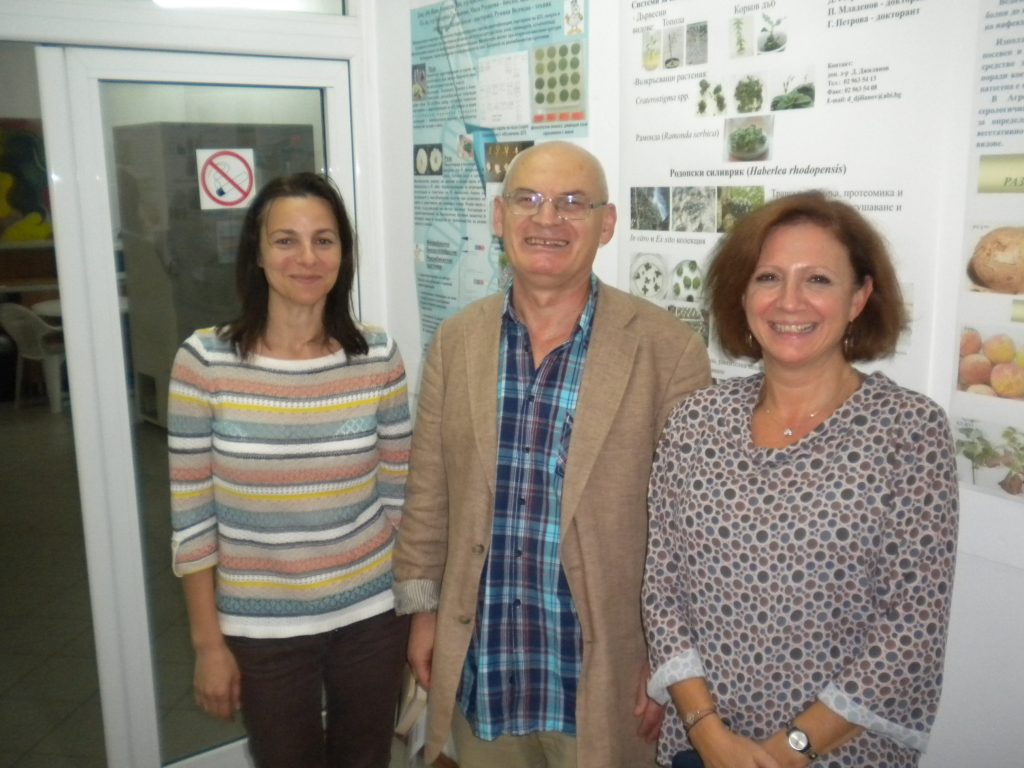
On-site visit in Sofia
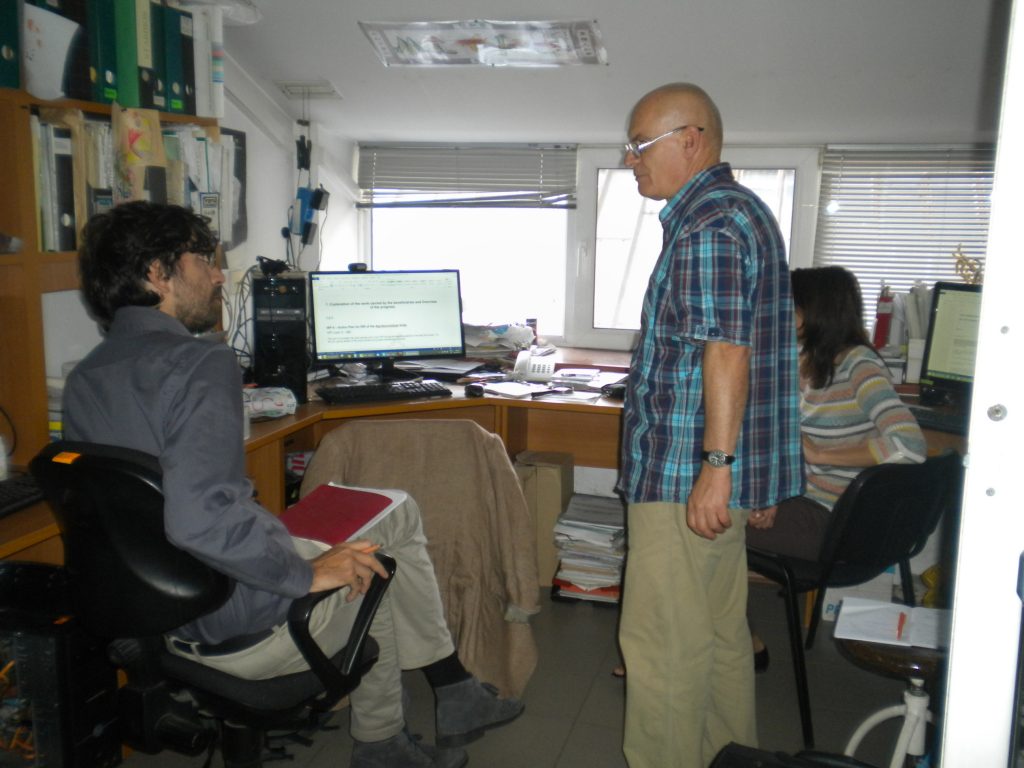
On-site visit in Sofia
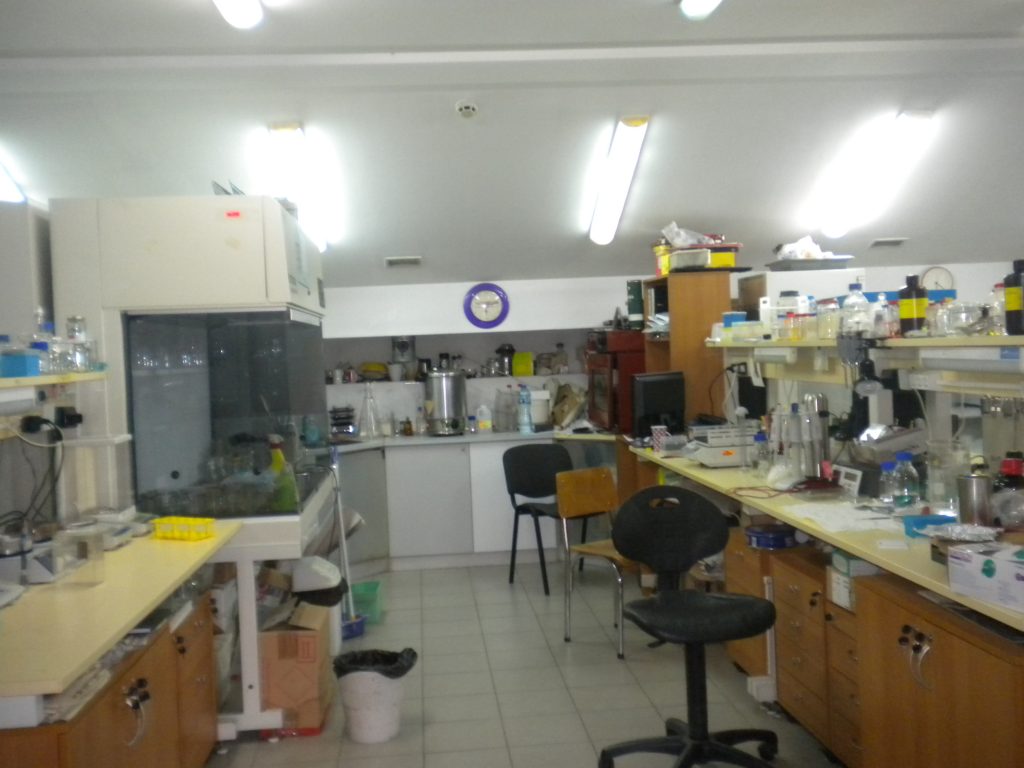
On-site visit in Sofia
What are the aim of the technical assistance on-site visits? May you provide some example?
The on-site visits have a twofold objective. On the one side they are an occasion for each Action Plan team to discuss in detail with the Technical Assistance team the ongoing status of the action plan and the next phases of the work. This function is very important because provide an occasion of reflection for the teams and a space to go beyond the mere implementation and to think in a perspective of more general process of structural change toward RRI.
On the other side, the presence of TA team as external expert is a good occasion to discuss the action plan with different actors present in the Faculty were the action plan is ongoing. During the visits carried out in September and October we had the opportunity to talk and discuss STARBIOS2 project with a wide set of institutional actors (an example is provided in the picture), fostering their interest and involvement in the project.
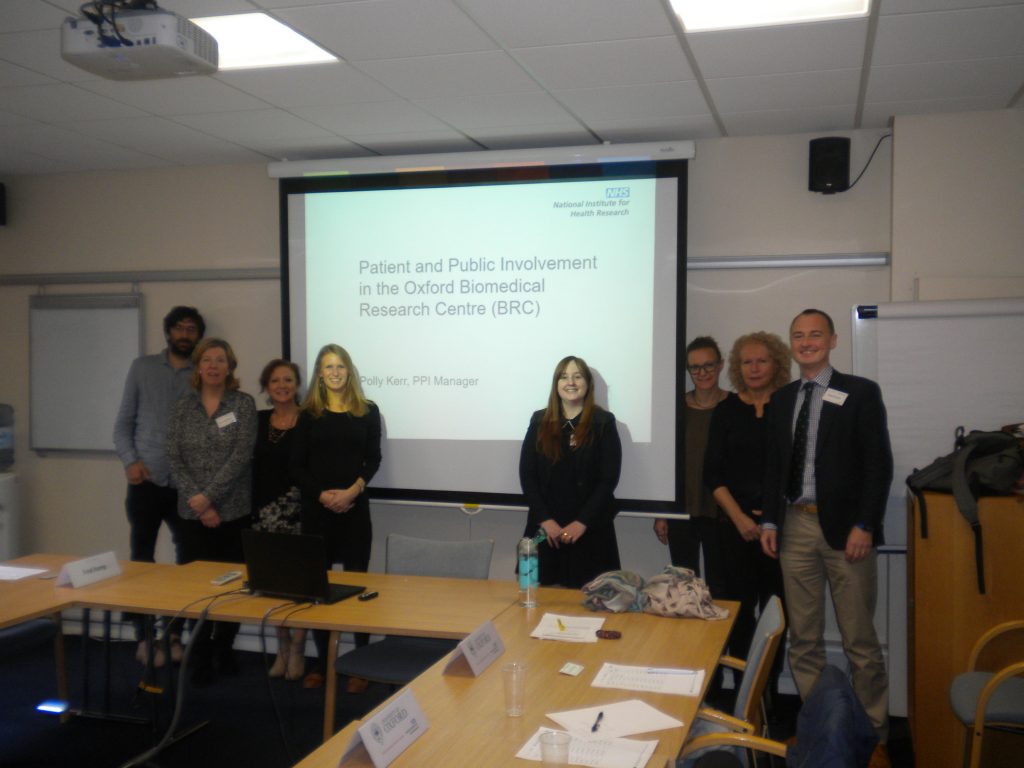
On-site visit in Oxford University




